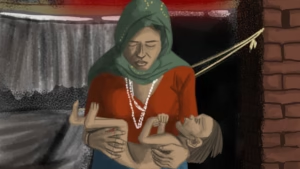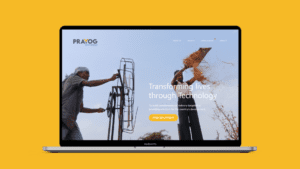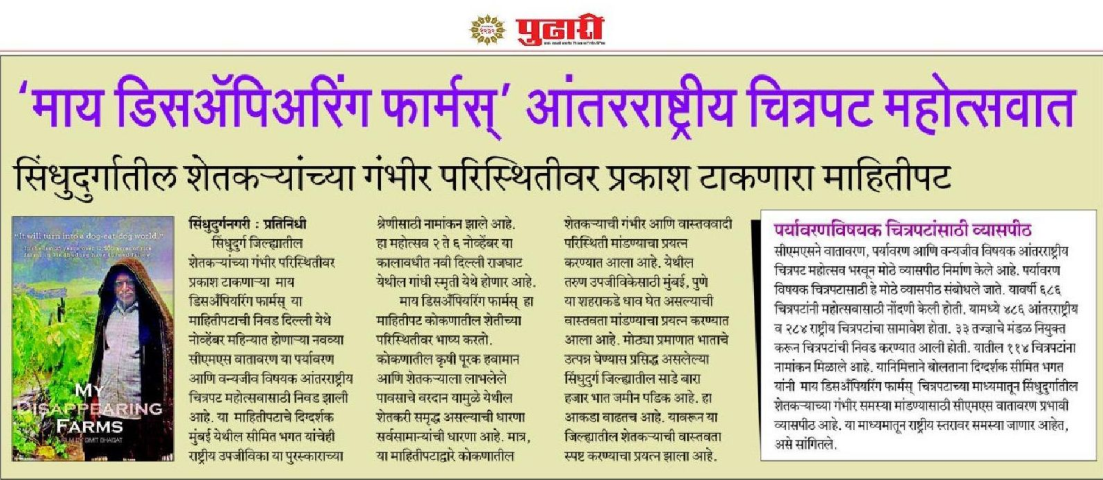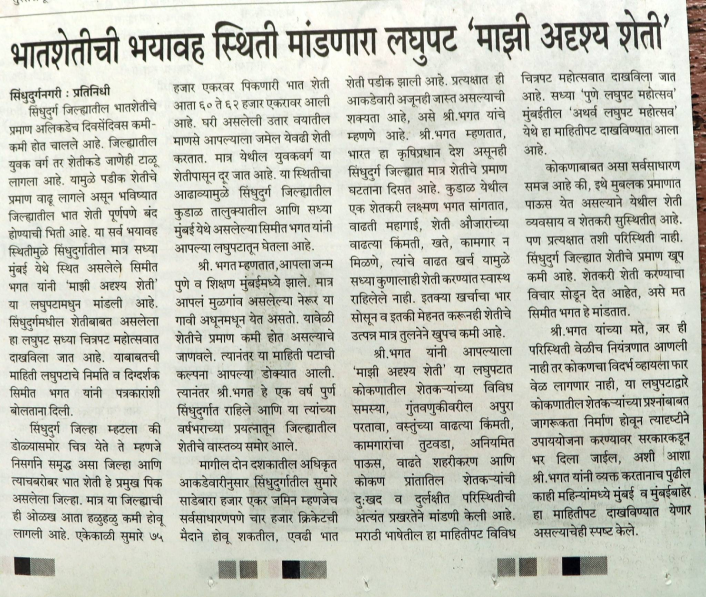The most pressing stories are often the ones buried in plain sight – in reports, data, and documents.
When we, at Simit Bhagat Studios, began working on the 21-page Anti-Corruption Impact Report for the United Nations Global Compact Network India (UN GCNI), we weren’t just racing against time, we were also navigating a different kind of challenge: tone. From the outset, the UN GCNI team made it clear that this wasn’t to be a typical, jargon-heavy technical report. They wanted something more grounded. More human. A story.

That story began with UN GCNI itself. As the Indian arm of the world’s largest corporate sustainability initiative, it brings together over 500 organisations across sectors and regions. Its mission is to promote ethical, sustainable business practices rooted in the UN’s ten universally accepted principles – one of which focuses on fighting corruption.
UN GCNI’s mission is to promote ethical, sustainable business practices
The report set out to capture their work with MSMEs—Micro, Small, and Medium Enterprises. In this sector, systemic pressures, limited awareness of legal protections, and informal work cultures can make unethical practices feel routine, even necessary.
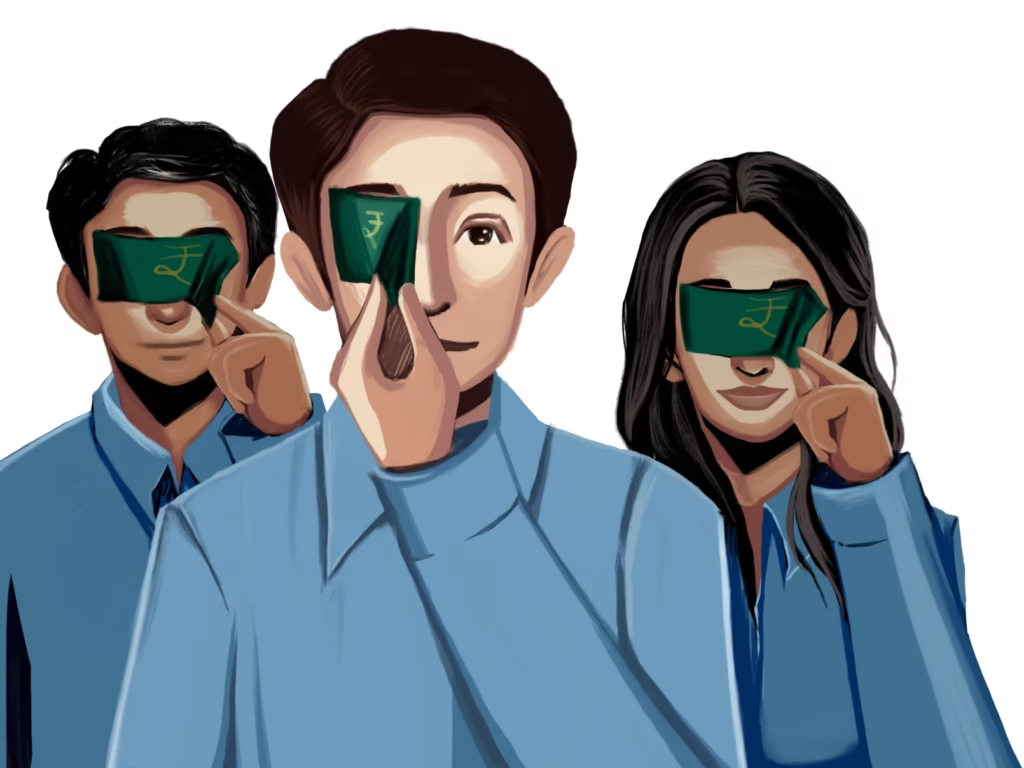
When the Story Needed a New Skin
Our task wasn’t just to present the facts. It was to shape a narrative that showed why this work matters and to help readers feel the weight of it.
Initially, the design followed a more traditional template. We used UN GCNI’s brand colours and a clean layout. Pull quotes were highlighted. Key data points were marked. It looked clean – but it didn’t feel alive. That’s when we pivoted. If this report was going to be narrative-led, then it needed to look the part.
We introduced hand-drawn illustrations – unusual for this kind of document but necessary to push the story’s visual edge. The cover art featured a globe wrapped in a chain made of money—symbolising corruption’s hold—and a figure tearing it apart. It was subtle but strong.
The illustrations stayed within the brand palette—bright enough to be noticed, but restrained enough to not distract. They weren’t just visual flourishes; they carried meaning.
The illustrations stayed within the brand palette—bright enough to be noticed, but restrained enough to not distract.
What made this project memorable wasn’t just its pace or the content—it was the shared willingness to break the norm. To take a complex, technical issue and treat it with the storytelling care it deserved. To visualise not only what was being done—but why it mattered.
Let’s Keep the Story Going
If you’re in the nonprofit or policy space and care about turning complex themes into compelling communication, our newsletter might speak to you. We share lessons like these, design reflections, and stories of impact that listen closely before they speak. Subscribe to stay connected to work that values both detail and dignity.


